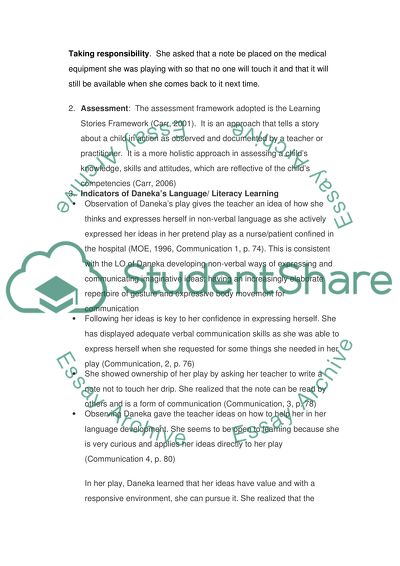Cite this document
(“Assess, Plan and Design Possible Teaching and Learning Interactions Essay”, n.d.)
Retrieved from https://studentshare.org/education/1425528-assess-plan-and-design-possible-teaching-and
Retrieved from https://studentshare.org/education/1425528-assess-plan-and-design-possible-teaching-and
(Assess, Plan and Design Possible Teaching and Learning Interactions Essay)
https://studentshare.org/education/1425528-assess-plan-and-design-possible-teaching-and.
https://studentshare.org/education/1425528-assess-plan-and-design-possible-teaching-and.
“Assess, Plan and Design Possible Teaching and Learning Interactions Essay”, n.d. https://studentshare.org/education/1425528-assess-plan-and-design-possible-teaching-and.


